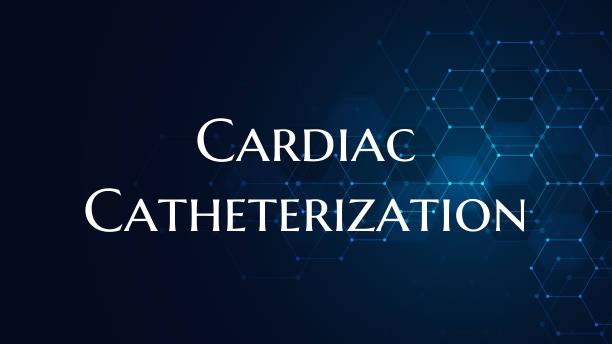
Cardiac Catheterization
Cardiac Catheterization: A Closer Look at a Vital Diagnostic Procedure
Cardiac catheterization is a common medical procedure used to diagnose and treat heart conditions. Also known as a coronary angiogram, this procedure involves inserting a thin tube called a catheter into a blood vessel in the arm, groin, or neck, and threading it up to the heart. Once in place, the catheter allows doctors to perform a variety of tests and interventions to assess the heart's structure and function.
One of the primary reasons cardiac catheterization is performed is to investigate blockages in the coronary arteries, which can lead to serious conditions like heart attacks. By injecting a dye into the arteries and using X-ray imaging, cardiologists can visualize any narrowing or blockages, known as coronary artery disease. This information is crucial for determining the appropriate treatment plan, which may include medication, lifestyle changes, or procedures like angioplasty and stent placement to open up blocked arteries.
In addition to diagnosing coronary artery disease, cardiac catheterization can also assess heart valve function, measure blood flow and pressure within the heart chambers, and evaluate overall heart function. These insights are invaluable for guiding treatment decisions and monitoring the progression of heart disease over time.
Despite being a minimally invasive procedure, cardiac catheterization requires careful preparation and monitoring to ensure patient safety. Patients undergoing this procedure are typically sedated to keep them comfortable, and the medical team closely monitors vital signs throughout the process. Complications are rare but can include bleeding at the catheter insertion site, allergic reactions to the contrast dye, and damage to blood vessels or the heart itself.
Overall, cardiac catheterization plays a crucial role in the diagnosis and management of heart conditions, providing detailed information that helps healthcare providers deliver the best possible care to their patients. By combining advanced technology with skilled medical expertise, this procedure continues to be a cornerstone of modern cardiology, improving outcomes and quality of life for countless individuals with heart disease.